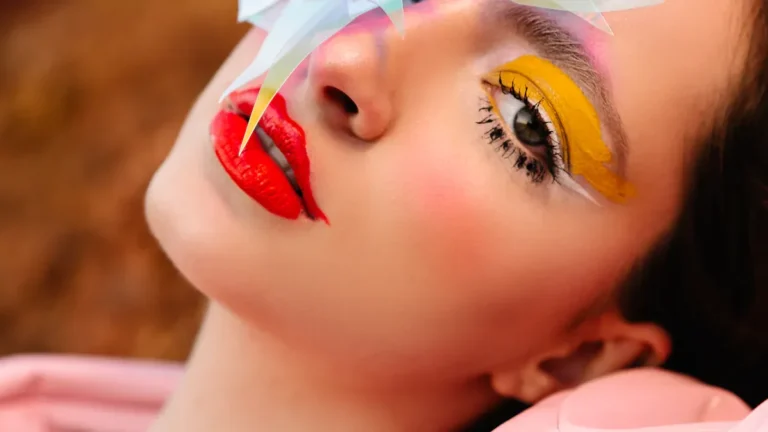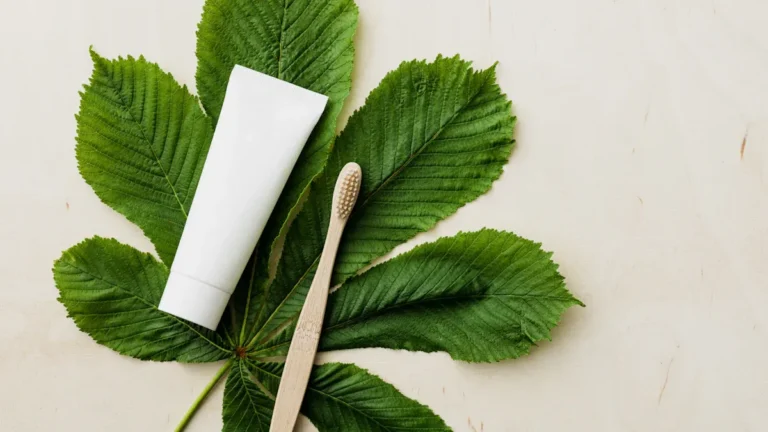How to Choose the Right Volume of Cosmetic Tube
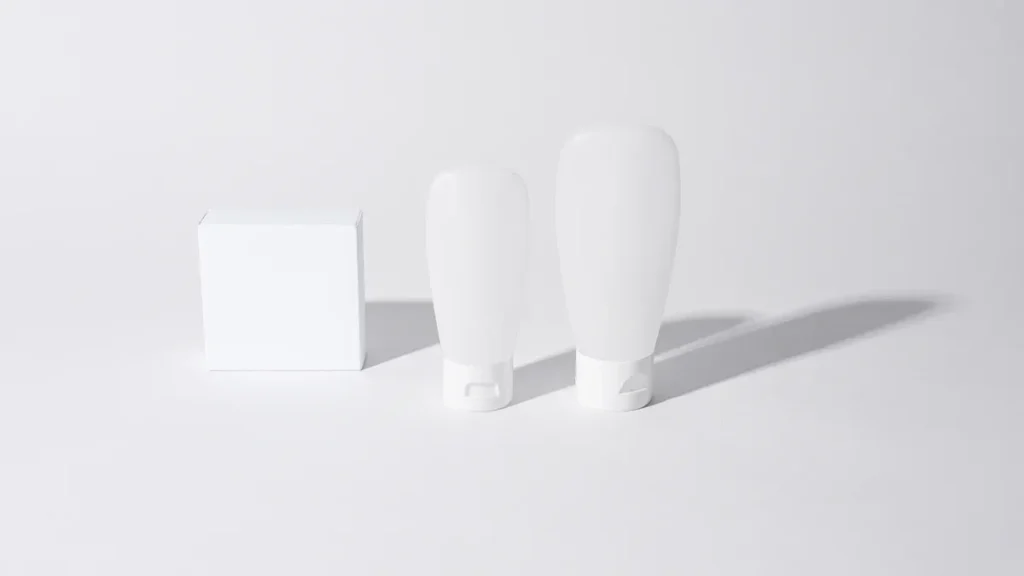
You want to choose the right volume for your cosmetic tube, but it’s not just about guessing a number. Think about your product type, how people use it, and what your customers expect. Matching the cosmetic tube volume to these factors helps you deliver a better experience. > The right cosmetic tube can boost satisfaction and make your cosmetic stand out. This guide walks you through each step so you can pick the perfect tube.
Key Takeaways
- Picking the right volume for your cosmetic tube helps customers feel happy and makes your product work better. – Think about what kind of product you have and how people use it to pick the best tube size. – Learn what your target market likes so the tube volume matches their needs and daily life. – Try out different tube sizes with real users to see which one works best for your product and brand. – Choose eco-friendly materials to make less waste and attract customers who care about the environment.
Why the Right Volume Matters
Product Success
Choosing the right volume for your cosmetic tube can make or break your product. When you match the tube size to your formula and how customers use it, you help your beauty products perform better. Imagine you sell a thick cream. If you put it in a tiny tube, customers might run out too fast and feel disappointed. If you use a huge tube, the product could expire before they finish it.
A premium eye cream brand faced problems with product separation. They switched from PE to airless tubes. This change led to a 40% drop in returns and a 15% jump in repeat purchases in just three months. Picking the right tube can boost customer satisfaction and help your cosmetic stand out.
You want your customers to trust your brand. When you choose the right volume, you show that you care about their needs. This builds loyalty and keeps them coming back for more.
Cost & Customer Experience
The volume of your cosmetic tube affects your costs and how customers feel about your product. If you use a tube that is too large, you spend more on materials and shipping. You might also waste product if customers do not finish it. On the other hand, a tube that is too small can lead to frequent repurchases, which may annoy your customers.
Here are some things to think about:
- How often do people use your cosmetic?
- Do they want a travel-size tube or a full-size option?
- Will the tube fit easily in a purse or bathroom drawer?
A good balance helps you save money and makes your beauty products more appealing. Customers like packaging that feels just right—not too much, not too little. When you get the volume right, you create a better experience and encourage repeat sales.
Key Factors for Cosmetic Tubes
Product Type & Usage
You should pick a cosmetic tube that matches your product’s texture and how people use it. Some products need special tubes to work their best. Here are some examples and which tubes fit them:
- Skincare and face care: These are things like moisturizers and serums. They need tubes that keep the product clean and safe, such as airless pump tubes or aluminum tubes.
- Hair care and body care: Shampoos and lotions usually come in bigger tubes. Plastic squeeze tubes or laminated tubes are good choices.
- Oral care: Toothpaste needs a tube that keeps it fresh. Aluminum or plastic barrier laminate tubes are often used.
- Cosmetic color and specialty items: BB creams and lip gloss should look nice. Metalized squeeze tubes or oval tubes help them stand out.
How thick your product is also matters. Look at this table to see how tube features change with different thickness:
| Product Type | Tube Features | Purpose |
|---|---|---|
| Thick products (creams/masks) | Wide openings or pump dispensers | Easy to get out, less mess |
| Thin products (serums/lotions) | Easy-squeeze tubes, narrow nozzles | Better control, less waste |
Pick a tube that works for your product and makes it simple for customers to use.
Target Market
Who buys your product helps decide the right tube size. Age, gender, income, and lifestyle all matter. Here’s a quick chart:
| Demographic Factor | Importance in Cosmetic Tube Volume Selection |
|---|---|
| Age | Changes what products people want |
| Gender | Changes how you market and what goes in the tube |
| Income | Affects what people spend and what size they buy |
| Lifestyle | Decides how often and how much they use |
Younger people may like smaller, stylish tubes. People who are busy might want travel sizes. Always think about who will use your product.
Retail Channel & Pricing
Where you sell your product changes the best tube size. Online brands often use lighter tubes under 100 ml to save on shipping and follow liquid rules. Stores like bigger tubes that stand out on shelves. Subscription boxes do well with medium tubes, like 50 ml, for easy monthly use. Travel shops need tubes under 100 ml for airport rules. Price matters too. Bigger tubes may cost more but give better value.
Shelf Life
Shelf life is important when picking a tube. If your product goes bad quickly, use a smaller tube so customers finish it before it expires. Products that last longer can go in bigger tubes. Always check how long your product stays fresh.
Production Constraints
Production limits can affect your choices. Simple skincare routines mean people want smaller tubes. Beauty kits need many small tubes for different products. New rules about plastics can make it harder to find the right materials. Recycling problems with some tubes can also limit your options. You need to balance what you want with what you can actually make.
Common Cosmetic Tube Sizes
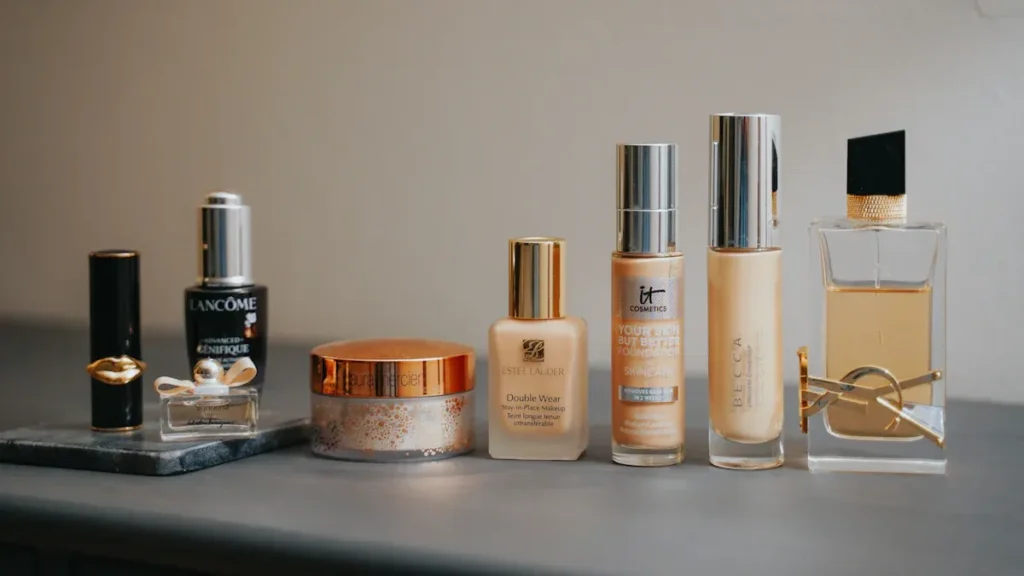
Standard Volumes
When you look for a cosmetic tube, you will notice many standard sizes. These sizes help you pick the correct size for your product. Most brands use these common tube volumes because they work well for many types of cosmetics. Here is a table that shows the most popular cosmetic tube capacities:
| Common Capacities |
|---|
| 3G |
| 5G |
| 8G |
| 10G |
| 15G |
| 20G |
| 25G |
| 30G |
| 35G |
| 40G |
| 45G |
| 50G |
| 60G |
| 80G |
| 100G |
| 110G |
| 120G |
| 130G |
| 150G |
| 180G |
| 200G |
| 250G |
You can see that cosmetic tubes come in a wide range of capacities. If you want a smaller-sized tube for eye cream or lip balm, you might choose 5G or 10G. For body lotion or shampoo, you may need larger-sized tubes like 100G or even 200G. These options make it easy to match your product to the right tube.
Tip: If you want to stand out, you can also look into custom tubes. These let you pick a unique capacity or shape for your cosmetic.
Typical Uses
Each cosmetic tube size fits a different type of product. You want to choose a size that matches how people use your cosmetic. Here is a table to help you see which tube works best for each product:
| Tube Size (oz/ml) | Product Category Examples |
|---|---|
| 1 oz / 30 ml | Facial cleansers, sunscreens, lotions |
| 1.7 oz / 50 ml | High-end creams and serums |
| 2 oz / 60 ml | Body creams, facial scrubs |
| 3.4 oz / 100 ml | Shampoos, conditioners, lotions |
| 4 oz / 120 ml | Face masks, body scrubs |
| 30 ml | Hand creams, facial serums |
| 50 ml | Sunscreens, moisturizers, hair serums |
| 200 ml | Shampoos, creams, large skincare tubes |
You can use this guide to pick the correct size for your cosmetic. For example, if you sell a serum, you might want a 30 ml cosmetic tube. If you offer a body scrub, a 120 ml tube could be a better fit. When you match the tube to the product, you help your customers use the right amount and enjoy your cosmetic more.
If you want to try something new, you can always test different cosmetic tube capacities. This helps you find what your customers like best.
How to Choose the Right Volume
Assess Product & Market
You want to choose the right volume for your cosmetic tube, but where do you start? Begin by looking at your product and your market. Ask yourself what type of cosmetic you have. Is it a thick cream, a light lotion, or a gel? Each type needs a different approach. Think about how often people use your product. If your beauty products are for daily use, you may need a larger tube. If they are for special occasions, a smaller size might work better.
To get a clear picture, follow these steps:
- Identify your product type and how often customers use it. Work with your team to figure out the best supply per package.
- Study your target market. Use surveys or interviews to learn what your customers like.
- Decide where you will sell your product. Online stores, retail shops, and travel outlets all have different needs.
- Set your pricing and product position. Make sure your price matches your ingredients and packaging.
- Check the shelf life and ingredient stability. Products that expire quickly need smaller tubes.
- Look at your production process. Think about minimum order quantities and how different volumes affect costs.
- Test different tube sizes with small batches before a full launch.
Tip: Use both qualitative and quantitative research. Ask real customers what they want. Look at age, lifestyle, and habits. Talk to experts to check your findings.
Estimate Usage
Now, you need to estimate how much product your customers will use each time. This helps you choose the right cosmetic tube volume. You can use special models to help with this. Here is a table that shows two common ways to estimate usage:
| Model | Description |
|---|---|
| PACEM | Simulates how much product people use, both in one go and over time. |
| Creme Care & Cosmetics | Looks at daily use to find average and maximum amounts used. |
You can use these models to see how much of your cosmetic people use each day. This helps you pick the ideal tube volume so customers do not run out too soon or waste product.
Note: If you skip this step, you might end up with a tube that is too big or too small for your customers’ needs.
Align with Brand & Cost
You want your packaging to match your brand. The right cosmetic tube volume should fit your brand’s image and your customer’s lifestyle. If your brand feels premium, a smaller, elegant tube may look best. If you want to offer value, a larger tube can show generosity.
Think about your costs, too. Bigger tubes cost more to make and ship. Smaller tubes may need more frequent restocking. Find a balance that works for your business and your customers.
Common mistakes include picking a tube size that does not match how people use your formula, ignoring what your customers want, or focusing only on looks. Always check that your tube works for your product and your brand.
Prototype & Test
Before you launch your product, you should always test your packaging. Make a few samples with different tube sizes and shapes. Give them to real customers or your team. Ask for feedback on how easy the tube is to use, how it feels in the hand, and if the amount seems right.
When you prototype, pay attention to these details:
- Opening Size: Make sure the opening is not too big or too small. It should let the product out easily but not waste it.
- Length and Width: The tube should fit the product volume without being too long or too short. It should feel comfortable to hold.
- Tube Thickness: The tube should protect your cosmetic from light, air, and moisture. It should also be easy to squeeze.
- Brand Identity: The tube’s look should match your brand and appeal to your target customers.
- Labeling Space: Make sure you have enough room for your logo, product details, and instructions.
- Shelf Presence: The tube should stand out on the shelf with bright colors or unique shapes.
Always check for new rules about packaging. Many countries now require safe, recyclable tubes with clear labels. Your tube should protect your product and give customers all the information they need.
When you follow these steps, you can choose the right volume for your cosmetic tube. You will avoid common mistakes and make sure your beauty products look great, work well, and make your customers happy.
Sustainability & Efficiency
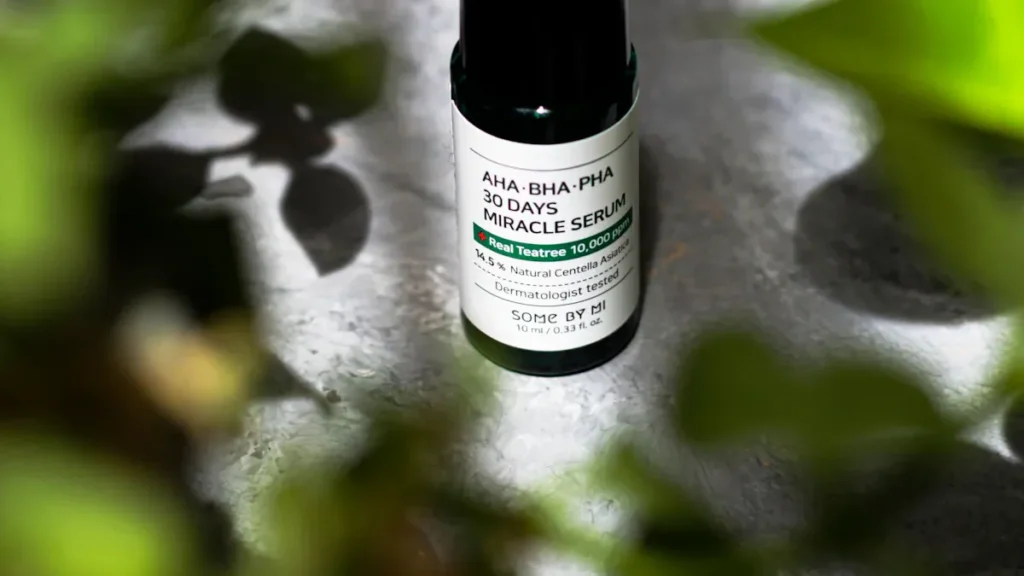
Environmental Impact
You care about the earth. Your customers do too. Picking the right cosmetic tube volume helps cut down on waste. It also supports eco-friendly and biodegradable options. Many beauty brands now focus on being green. Look at these facts:
| Statistic Description | Percentage |
|---|---|
| Beauty brands with sustainability initiatives | Over 55% |
| Beauty brands with sustainable packaging innovations in the last two years | Over 70% |
| Expected prioritization of sustainable packaging by 2025 | 80% |
| Brands reducing virgin plastic packaging output since 2018 | Approximately 65% |
If you pick a tube that fits your product, you use less material. This lowers your carbon footprint. Small tubes for travel or samples mean less waste. Big tubes for daily use mean fewer packages get tossed. Using eco-friendly and biodegradable materials shows you care about the environment. This helps your brand stand out and builds trust.
Operational Efficiency
You want your business to work well. Using the same tube sizes for all products helps a lot. Here’s how it helps:
- Standard tube sizes make filling easier.
- Machines fill tubes faster and more accurately.
- Less waste means easier cleaning and training.
- SOPs help keep product quality the same.
- Uniform quality means fewer mistakes in production.
- Same tube sizes mean fewer changes during production.
- You can still have different branding and stay efficient.
Picking the right tube size also affects costs and shipping. See this table to learn how smart packaging helps your business:
| Aspect | Impact on Manufacturing Lead Times and Logistics Costs |
|---|---|
| Cost Efficiency and Freight Optimization | Smart packaging lowers shipping costs. It lets you fit more in each trip and saves fuel. |
| Warehousing and Storage Efficiency | Good packaging makes storing products easier and cheaper. It helps manage inventory better. |
| Product Protection and Damage Prevention | Strong packaging keeps products safe during shipping. This means fewer returns and less money lost. |
| Environmental Impact and Sustainability | Green packaging can save money and meet rules. This helps with shipping and the planet. |
| Compliance with Regulatory Standards | Following packaging rules keeps shipping smooth. It helps avoid fines and delays. |
| Customization and Branding Advantages | Good packaging makes your brand easy to spot. It can help sales and make shipping smoother. |
Thinking about both sustainability and efficiency helps your business and the earth. The right cosmetic tube volume saves money, protects products, and keeps customers happy.
Choosing the right cosmetic tube volume can set your product apart and help your brand grow. When you match the tube to your cosmetic and your customers, you see real results. For example:
- An indie brand doubled sales in eight months after switching to eco-friendly tubes with bold designs.
- A skincare company boosted sales by 35% by moving sunscreen from jars to flip-top tubes, cutting waste.
- Another beauty company saved 20% on packaging by using custom eco-friendly 30ml tubes.
Stick to the steps in this guide before you decide. Review your choices often as your products or market change.
FAQ
How do I know which tube size is best for my product?
You should think about how much product your customer uses each time. Test different sizes with real users. Pick the one that feels right and matches your product’s use.
Can I use the same tube size for different products?
You can, but make sure each product fits well in the tube. Some products need bigger or smaller tubes. Try to keep things simple for your brand, but always check if the size works for each formula.
What if my customers want travel-size options?
You can offer smaller tubes, like 30 ml or less. These fit in bags and follow travel rules. Many brands sell both full-size and travel-size tubes to meet different needs.
Does tube shape matter as much as volume?
Tube shape can change how easy it is to use your product. Some shapes fit better in your hand or stand out on shelves. Always test both shape and size to see what your customers like best.


